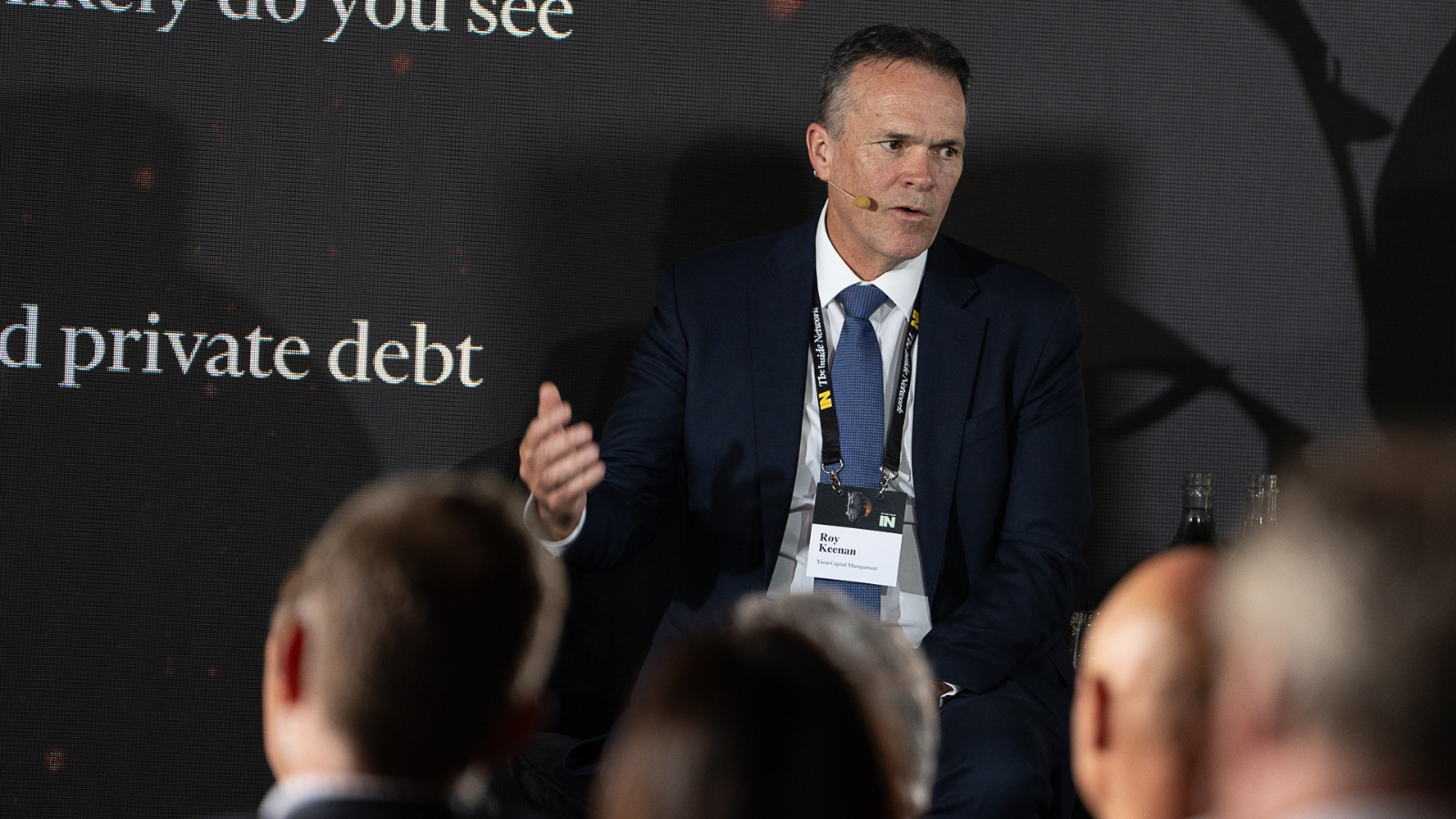An opportunity for fixed income, not a threat
We are “talking about talking about tapering,” said U.S. Federal Reserve Chair Jerome Powell earlier this year, as a strong economic recovery increased the risk of an inflation spike. Tapering refers to slowing the pace of the circa $120 billion of bonds that the Fed purchases each month, $80 billion of which are U.S. Treasury securities, with the remaining $40 billion being agency mortgage-backed securities or MBS.
According to global fixed income manager Neuberger Berman, the Fed has learned its lesson from the “disruptive impact of the initial taper after the GFC”. Remembered as the “Taper Tantrum,” volatility in bond and equity markets spiked to historic levels after the Fed’s unexpected change in tack during the summer of 2013.
The Fed is ultimately seeking to “provide sufficient transparency such that the markets’ reaction function is smooth” with the manager noting that a 100-basis point or 1 per cent move in Treasury yields would have a “severe impact” on asset values.
This sentiment was confirmed at the recent Jackson Hole meeting. Portfolio Manager Olumide Owolabi, notes that Powell “was comfortable having the tapering conversation while stopping short of pre-committing to the timing.” According to Owolabi, Powell is likely seeking “to build a consensus among Fed members” on the timing of tapering, would like to confirm that labour recovery is “truly on the path to ‘substantial progress'” and ultimately seeking to give investors “as long a notice as realistically possible.”
Whilst the topic has become a daily conversation in markets around the world, the focus has primarily been around the impact on U.S. government debt, not on the MBS that constitute one third of all purchases. These are packaged-up loans purchased from banks that assist in keeping their funding costs low.
Neuberger suggests the MBS market is trading some 15 basis points above of its average, with the potential for a 30-basis point move when the taper occurs. Rather than see this potential spike in yields and capital loss on bond positions as a negative, it actually sees this as an opportunity.
“In the event of any widening related to tapering, our response will likewise to be a more enthusiastic buyer,” the asset manager writes. “Don’t Fear the Taper,” Neuberger concludes, channelling the Blue Oyster Cult classic.
This is a notable position and viewpoint for a fixed income manager, with most traditional managers fearing the threat of higher rates. Yet it evidences the key reason behind Neuberger’s multi-sector, flexible approach to fixed income.
Earlier this year Neuberger’s fixed income team highlighted three key trends that would determine the success of the asset class in 2020; earn income without duration, position for stickier inflation, and recognize that that relative value at both the sector and issuer level would be key to returns.
Each of these trends represents a potential threat for index-aware, or benchmark tracking fixed income strategies. In the case of earning income without duration, for those tracking an index dominated by sub-two per cent yielding government bonds, the only option is to further extend duration in the hope of increasing paltry interest returns. Yet, as we know, higher bonds rates will hit long-duration strategies the hardest.
Neuberger, by contrast, has used its flexible mandate to allocate to shorter-duration sectors including bank loans, high yield, and collateralised loan obligations (CLOs) in the firm’s multi-sector fixed income portfolio. The duration profile of its multi-sector fixed income portfolio is currently towards the lower end of its historical range. “We expect continued outperformance from these sectors both a relative and absolute basis,” it suggests.
Inflation may well be the biggest fear of all fixed income investors, but particularly those who have little option but to maintain a position of seven or eight years in duration. The group expects inflation in the post COVID crisis economy to be modestly higher vs the economy pre-COVID. This should be beneficial to TIPS and much of the non-investment grade corporate bond and loans market where inflation is unlikely to derail improving credit quality over the next year.
Finally, there is the increasing dominance of just a few countries and companies within traditional fixed income indices. As is the case with all benchmarks, fixed income indices tend to be constructed by market capitalisation (in the debt world this is illogical as benchmarks end up giving greater weight to the largest issuers of debt), meaning investors can miss out on the most attractive opportunities in smaller sectors that are equally or potentially more fundamentally sound. Neuberger’s strategy is to “construct portfolio with an emphasis on the best relative value opportunities globally and to be agnostic as to where these appear in the market at points in time.










